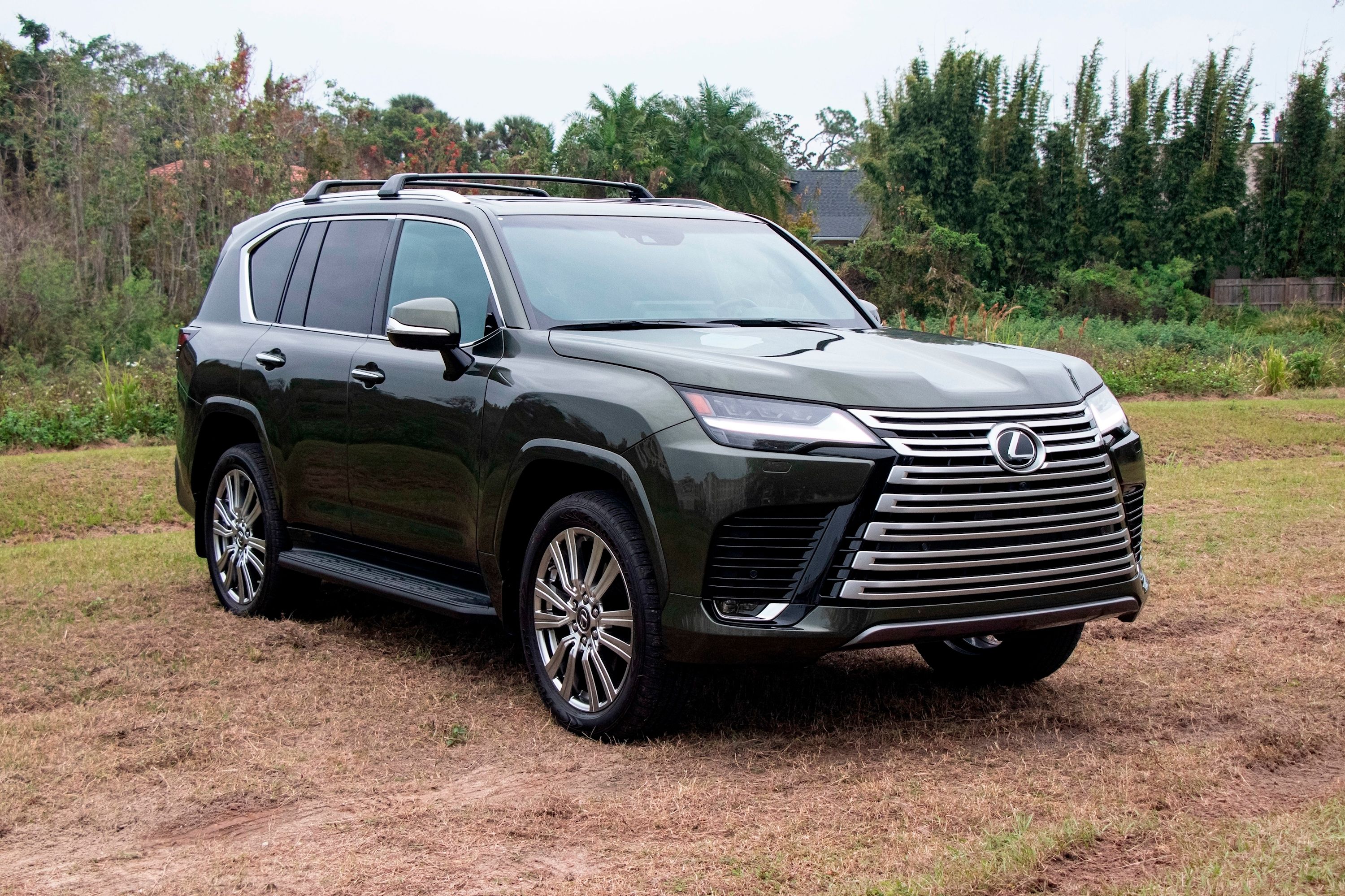
Lexus, like every other manufacturer, must have one eye on the future to survive. To that end, it has promised to introduce at least three new electric vehicles and has turned to design students to see what the future of luxury mobility may look like. Luxury Lexus mobility today looks good from most angles, but there's no denying that the brand's signature spindle grille is almost as controversial as BMW's elongated kidneys. With the right proportions, it can look pretty good, but as the Lexus LX proves, the Japanese automaker does not always show restraint. So will things change much when the automaker fully embraces electrification? In an interview with Luxurylaunches, Head of Toyota and Lexus Global Design Simon Humphries answers that question and more.
Speaking on his sources for inspiration, Humphries says that people are his most obvious source, but he does admit that the trends of each era tend to influence car design, which could explain why those grilles are getting bigger and bigger. By the same token, the modern age has unlocked many new possibilities for designers, thanks to innovations like 3D printing that allow one to create shapes that would be impossible with conventional processes.
Another factor that influences car design is the purpose of the car and its capabilities. Humphries explains that, when autonomous cars become mainstream, the interiors will have to change and the cars themselves could become small enough to seat only one individual, since personal mobility may become something of a pleasure with autonomous taxis and other forms of transport set to eventually make owning a car all but redundant. Fortunately, Humphries believes that this won't be an "all or nothing" situation where you can only commute autonomously, so cars should still provide joy to those who seek it in the future.
"Personal transportation on a public level will grow, and the majority of the mobility needs will be fulfilled by those systems," explained Humphries. "That's a necessity because not everybody will be able to drive a car in the cities of the future - I don't think. But what will happen then is then that will allow the privately owned vehicles to be more specific. So if you can fulfill your everyday needs through an optimized system then the car that you buy can be, honestly, like a racing car; or it could be a box that you can live in almost. In other words, there's going to be more variety in the future to ownership as well. So [...] it will also enable a more emotional privately-owned sector to flourish."
Simply put, Humphries sees the future of car design evolving to suit the purposes of each individual car and its buyers, and this will happen progressively. Autonomous tech still has a long way to go, and the changes that cars will undergo to better suit autonomous driving and its possibilities for occupants will be implemented very gradually.
As for the infamous Lexus spindle grille that we first saw in 2011, changes to this will happen gradually too. When asked what will happen to the polarizing design trait when Lexus is all-in on EVs, Humphries explained why it exists at present and how it will evolve as follows:
"The spindle grille - we originally developed that to encompass the needs for a radiator, but also for aerodynamic brake cooling. So function was all built into it. But the radiator is the symbol for an internal combustion engine. So what the future holds, in my mind, is that we have to develop it, evolve it to encompass sensors. [...] So, in the past, it was a hole to put air into the radiator. In the future, it's going to hold sensors and other functional elements of the future cars. So don't worry, it's not going to disappear. But it's going to change."
Hopefully, it'll get smaller and sexier. We'll just have to wait and see.
